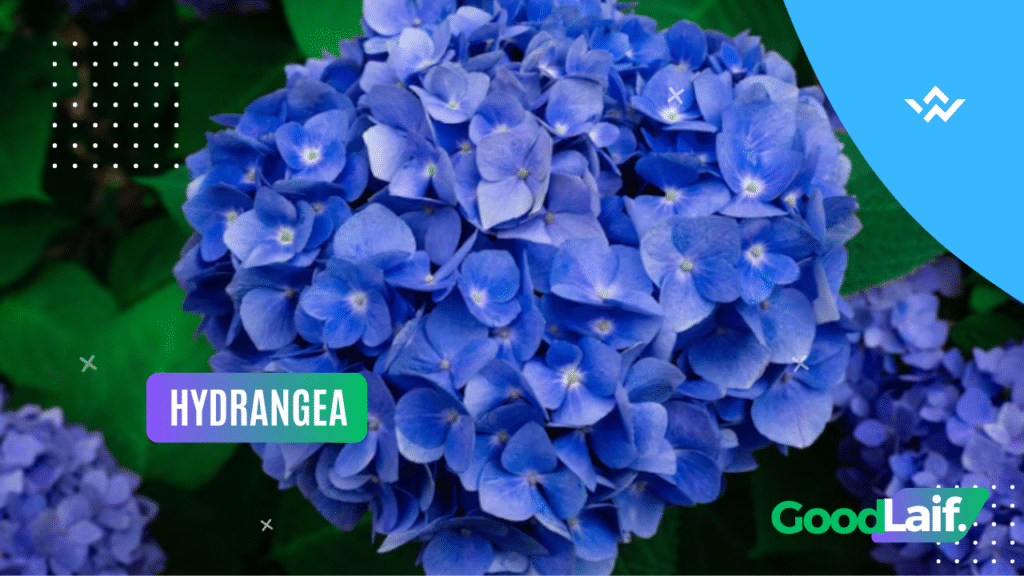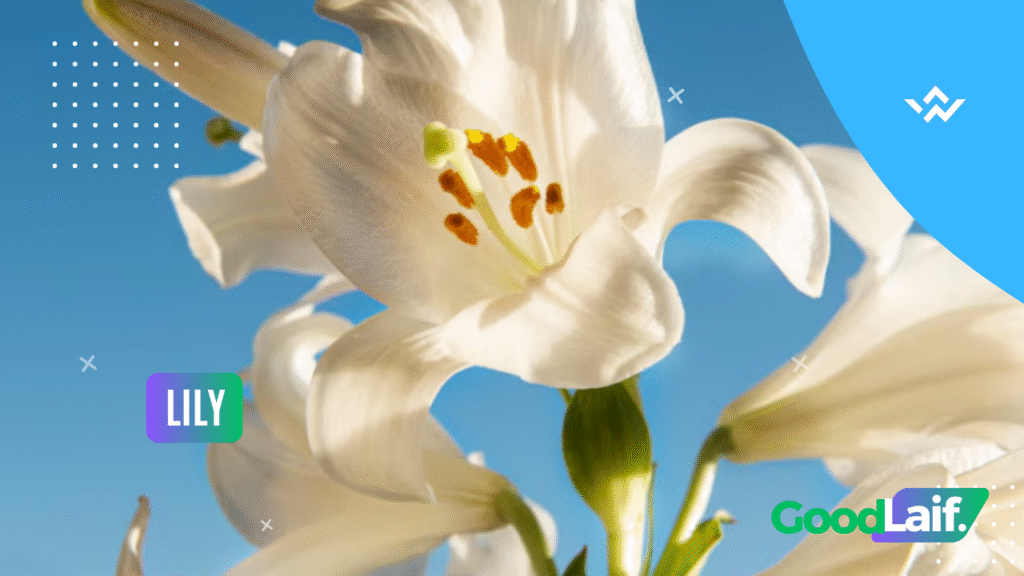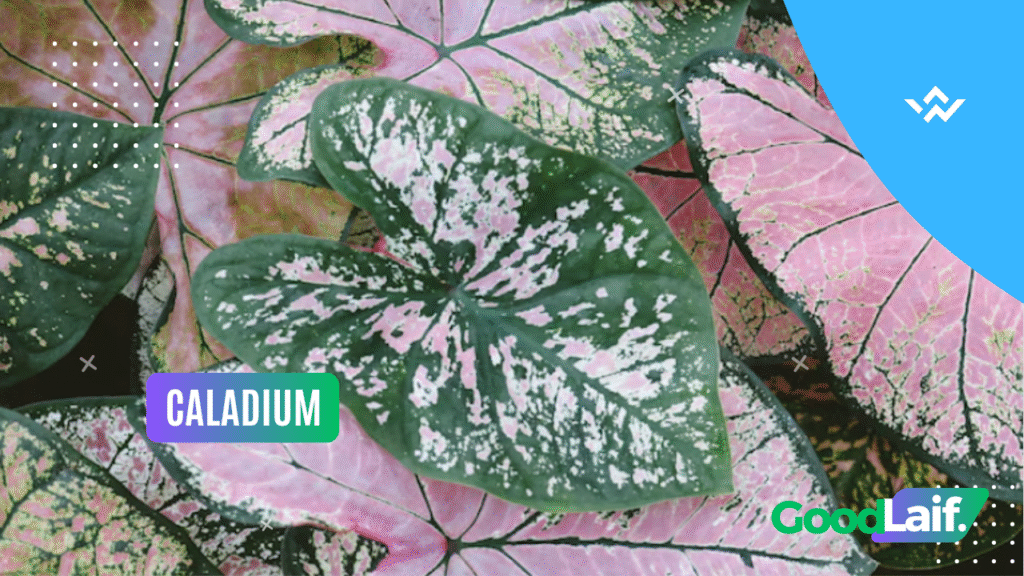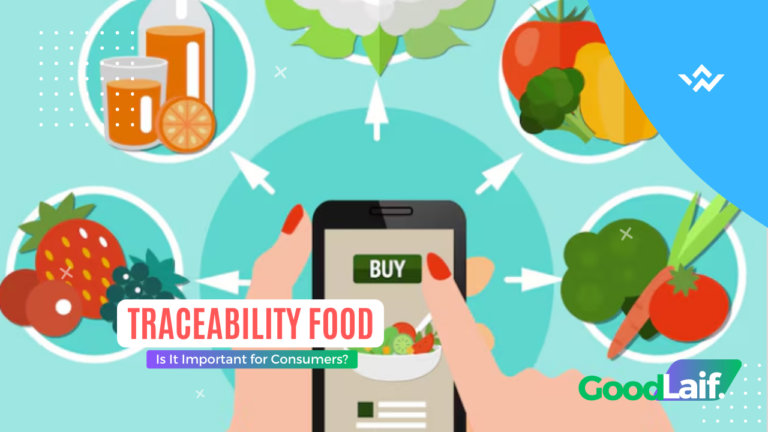Flowers and ornamental plants are often associated with beauty and the refreshing atmosphere they bring to homes and gardens. However, behind their charming colors and captivating shapes, not all ornamental plants are safe for humans or pets. Some types of flowers commonly sold at plant shops contain toxic substances that can be harmful if ingested or even touched by sensitive individuals. This article aims to educate readers about several poisonous flower that are still widely available in the market.
Why Can Ornamental Plants Be Dangerous?
The toxins found in ornamental plants generally serve as a defense mechanism against pests or animals that feed on plants. However, these toxins can also negatively affect humans, especially children, pets, and unsuspecting adults. The effects can vary, ranging from mild skin irritation and digestive issues to serious poisoning requiring medical attention.
List of Poisonous Flower Still Commonly Found
1. Dieffenbachia (Dumb Cane)

Dieffenbachia, also known as dumb cane, is a popular ornamental plant due to its attractive appearance. However, its sap contains calcium oxalate crystals, which can cause irritation to the mouth and throat, and even swelling of the airways if ingested. In some cases, merely touching the sap can cause itching or skin rashes.
2. Oleander (Nerium Oleander)

Oleander is well-known for its vibrant flowers in shades of pink, white, or yellow. Despite its beauty, every part of this plant contains potent cardiac glycosides. If ingested, these toxins can disrupt heart rhythms, cause nausea, vomiting, seizures, and even death in severe cases. Unfortunately, oleander is still commonly used for garden hedges and home decorations.
3. Hydrangea

Hydrangea is widely favored for its large, colorful blooms ranging from blue and purple to pink. However, its leaves and flowers contain cyanogenic glycosides, which can turn into cyanide within the body. Accidental ingestion may lead to symptoms such as nausea, vomiting, headaches, and breathing difficulties.
4. Lily

Lilies are popular as potted plants and cut flowers. However, for pet owners, particularly those with cats, this flower is extremely dangerous. Inhaling its pollen or licking its leaves can lead to acute kidney failure in cats. While the effects on humans are less severe, its sap can still cause irritation and should be handled with care.
5. Caladium

Caladium is often chosen as an indoor plant for its uniquely patterned leaves. However, like Dieffenbachia, this plant also contains calcium oxalate, which can cause severe oral irritation, difficulty swallowing, and throat swelling if chewed or ingested.
The Importance of Education Before Purchasing Ornamental Plants
Many people purchase ornamental plants purely based on aesthetics without knowing the potential dangers they carry. Educating oneself about poisonous plants is crucial, especially for families with young children or pets. Before purchasing any plant, it is advisable to verify information about its safety through reliable sources.
In addition, plant sellers are encouraged to be more transparent about the risks associated with the plants they offer. This helps consumers make more informed decisions that align with their home environment and lifestyle.
Conclusion
While ornamental plants offer numerous aesthetic benefits and contribute to a positive atmosphere, caution is necessary as some of them pose hidden dangers. Recognizing and understanding the risks of poisonous flower is a simple yet vital step in protecting the health of everyone at home. If you choose to keep such plants, ensure they are placed in locations that are out of reach of children and pets. Prevention is always better than regret.
READ ALSO ARTICLE: How To Keep Your Environment Clean: The Secret of Prosperity














+ There are no comments
Add yours